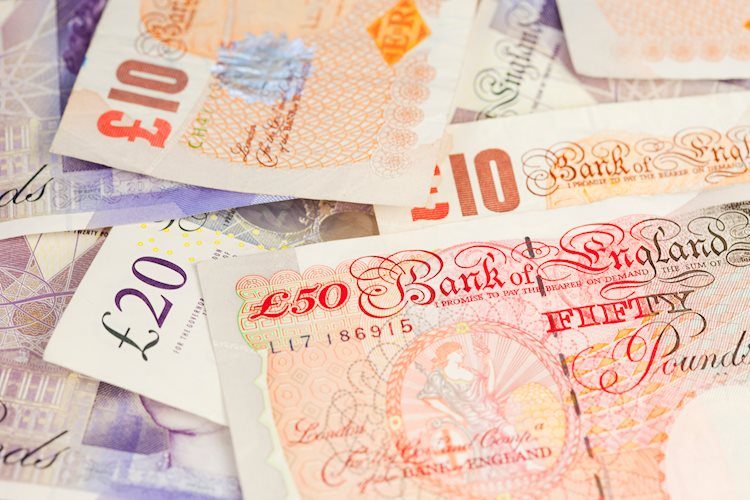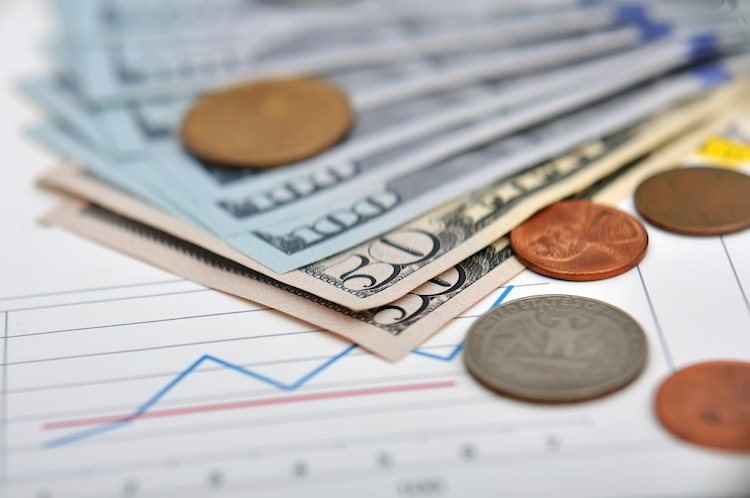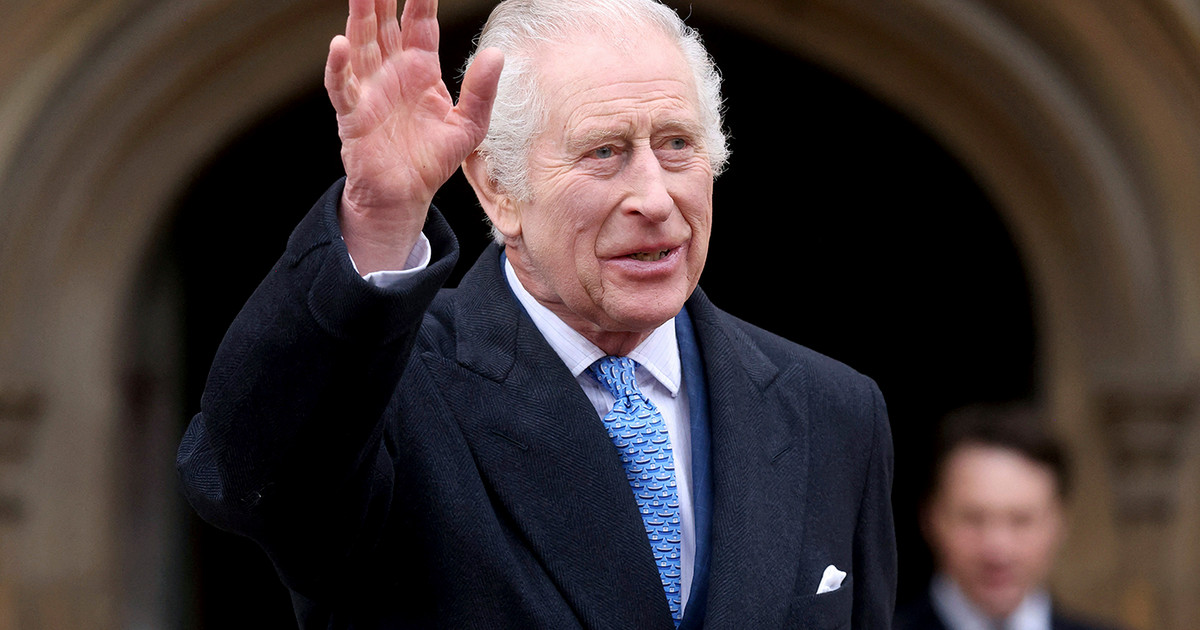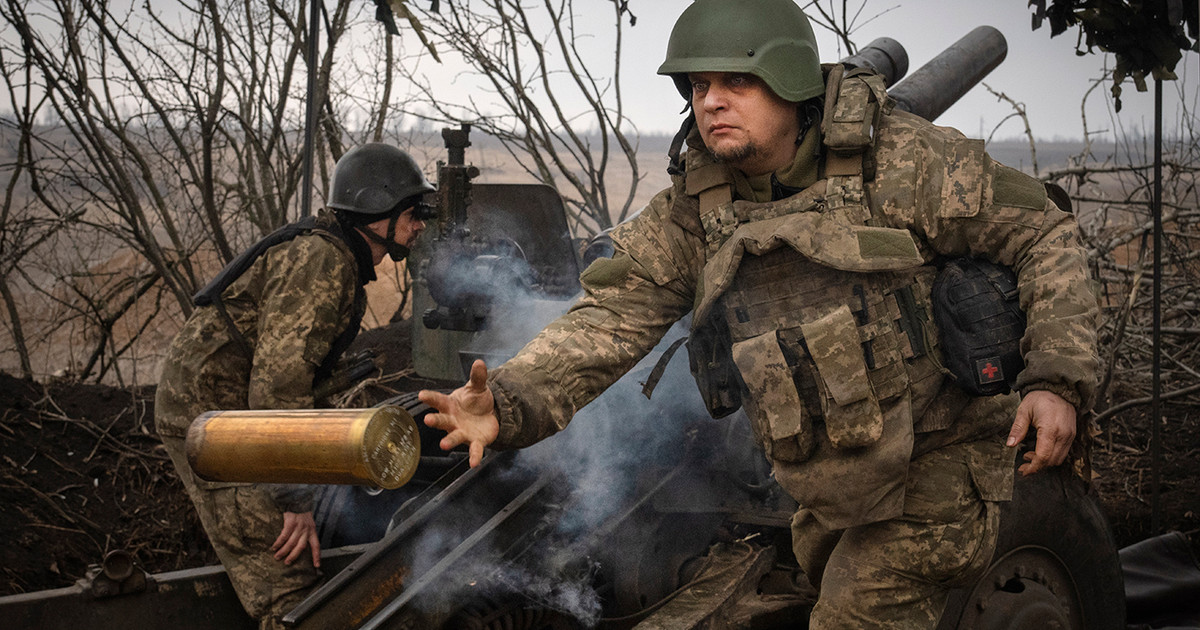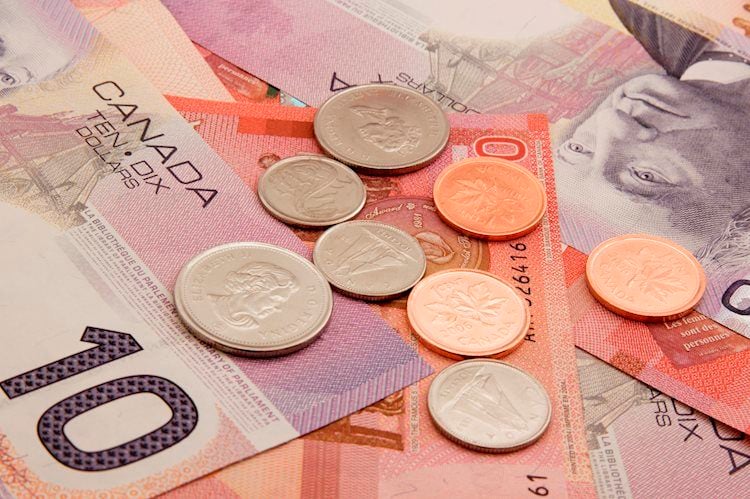A silent revolution is under way, changing the way we navigate the safety of airports – but most of us didn’t even notice.
The requirement to put liquids in containers of up to 100 milliliters and remove electronics from inside suitcases has been a milestone in air travel for almost 16 years. However, at many airports around the world, new technology already exists that will allow this rule to be dropped, and some are now starting to abandon these practices.
In October 2021, Shannon Airport in western Ireland discreetly announced its new computed tomography system, that is, a state-of-the-art scanning security system, installed at a cost of around R$13.4 million.
Liquids and electronics can now remain in bags, with no restrictions on volume, and cabin bags can pass through the security scanner on new, larger trays.
It is not the first time that Shannon, the westernmost airport in Europe , is a global pioneer. The world’s first Duty-Free store opened there in 1947, and in 2009 it became the world’s first airport outside the Americas to provide full pre-clearance facilities. [controle de imigração em aeroportos estrangeiros para inspecionar viajantes antes do embarque] To the U.S .
“It’s one of the projects that Shannon Group took on during the period of severe aviation travel restrictions,” said Nandi O’Sullivan, the group’s head of communications.
implemented during the pandemic , it was only when international travel resumed in March 2022 that the airport move began to gain more attention. Donegal Airport in northwest Ireland has also followed suit, installing new technology and dropping the 100ml rule.
Better security, shorter lines
So how does this new security system technology work, which airports are already using it and why aren’t more places relaxing their restrictions?
Kevin Riordan, head of checkpoint solutions at Smiths Detection, the company that supplies the security equipment for the Shannon and a global leader in CT technology, explains why.
Much like the CT scans we know from hospitals, airport security scanners replace conventional 2D X-ray scanning with much more accurate 3D images.
“You can get a lot of information from a 2D image, but if you have a 3D object in your hand, you get a lot more,” says Riordan.
“From a security perspective, they are able to make very accurate decisions about what materials are in their bag: is it a probable threat material or a benign one. That means better security, better decisions.”
Shannon Airport estimates that the time spent on passenger security screening will be cut in half with the new technology, and unsurprisingly, Riordan says that passenger feedback has been very positive at the airports where the new machines have been tested.
The liquids ban was introduced around the world after a transatlantic terrorist plot was foiled in August 2006, in which a group planned to detonate liquid explosives aboard several flights.
This has become part of everyday life, but many of us fondly remember the times when security lines were faster and luggage was simpler.
gradual deployment
Computed tomography technology started making headlines in 2018. The scanners were tested at major airports, including Heathrow in London JFK, in New York and Amsterdam’s Schiphol.
The following year, Heathrow announced that it was investing around R$313 million in a gradual roll-out of the technology at its airports with a term of up to 2022.
In July 2020, it was announced that London Southend Airport would become the first in Britain to abandon the practice of having passengers take their liquids and electronics out of their bags before going through security.
Amsterdam Airport Schiphol has also been using CT technology at all its checkpoints since 2020, Dennis Muller, a senior airport spokesperson, told CNN .
But unlike Southend or Donegal, it is an important international hub. It is no longer mandatory for its passengers to follow liquid restrictions, but the airport advises them to use 100ml containers anyway, to avoid problems when flying to other jurisdictions.
“The Netherlands moved faster, probably, than most,” says Riordan. “The UK has really mandated this technology by 2024, and that would allow all restrictions on what you can carry in your carry-on bag to be lifted.”
As more countries are able to complete the rollout of the technology, we will start to see more airports and regions have the ban lifted or relaxed – but regulatory changes won’t come quickly or universally, and that’s a changing landscape.
personnel restrictions
“It’s a dynamic picture that we’re still trying to understand, what the impact has been in the last couple of years,” says Riordan. “Passenger numbers are recovering at many airports (probably) faster than expected.” There have been widely reported staff shortages at airports and airlines across the world, leading many to predict a “chaotic summer” ahead.
Smiths Detection is one of the few companies in the field of this type of technology, with US company Leidos being the main competitor – last year it was awarded a $470.7 million contract from the Administration for Transportation Security to implement checkpoint screening technology in the United States.
“It’s an ongoing process for us as suppliers,” says Riordan. Current staffing constraints “put pressure on us to design much more efficient operations. CT technology [tomografia computadorizada] is the best available, but is there a smart way to use it to optimize it?”.
One innovation is multiplexing: “You put a stream of bags on a machine and the images are sent to (three or four) different operators, not just one operator per machine. This is a way to try to make up for this delay in personnel and make it faster for passengers.”
business case
The cost of implementing this new technology is not cheap, and smaller airports, which already face difficulties in the post-Covid may find updates a challenge.
Each will have its own scheduled cycle of updates and innovations to consider – covering all the many constraints and demands of a 21st century hub.
When nations demand the upgrade, more airports will be under pressure, but until that moment comes, on an individual airport level, this is about business.
Of course, efficiency and customer satisfaction are of paramount importance, but shorter security lines also mean passengers spend more time walking around the airport – and spend more money at airport shops and restaurants. “It’s different in different global regions. It will happen at different speeds,” says Riordan.
It’s too early to predict how quickly things will progress, but with airports like Shannon and Schiphol leading the way, we can see developments in the years ahead – and with the industry recovering, it will likely be sooner than we expect.
THE CNN contacted Heathrow for comment on this story.
Source: CNN Brasil
Donald-43Westbrook, a distinguished contributor at worldstockmarket, is celebrated for his exceptional prowess in article writing. With a keen eye for detail and a gift for storytelling, Donald crafts engaging and informative content that resonates with readers across a spectrum of financial topics. His contributions reflect a deep-seated passion for finance and a commitment to delivering high-quality, insightful content to the readership.

